We're talking about tobacco.
You can read King James' treatise here. It's recommended for fans of early-modern English.
The CDC publishes periodic reports on tobacco use in the 50 states and DC. The counterblaste continues, more than 400 years after the King of England couldn't stem the tide. The CDC just published its 2009 report on tobacco use, which may be read here. This post provides data from the CDC report as visual information.
We begin with tobacco use by men. Combined use of cigarettes and smokeless tobacco products are ranked from highest to lowest state. The CDC report covers population subsets that use both forms of tobacco. That data was used to eliminate overlap between cigarette and smokeless use ratios.
Click image to view full-size
Fun fact - ratios of cigarette use are higher for men in all but eight states. The states in which female cigarette use is at least one percentage-point higher are: Arkansas; Idaho; Kansas; Montana; North Dakota; South Dakota; West Virginia; and Wyoming. (It should be noted that men in Wyoming and West Virginia are heavy users of smokeless tobacco).
We now look at use by women. Fun fact - the three states with the highest ratios of female smokeless users are: Alabama (2.5%); Indiana (2.4%); and Tennessee (1.9%).
Click image to view full-size
The third presentation juxtaposes adult tobacco use with higher education attainment. Higher education attainment is defined here as the proportion of adults who've earned a bachelors degree (or higher). Education attainment data is from 2008 and was published by the Census Bureau. Note the correlation between high levels of tobacco use and low levels of higher education attainment, and vice versa.
Click image to view full-size
Fun fact - more adults use tobacco than have obtained a bachelors degree in nine states, including: Alabama; Arkansas; Indiana; Kentucky; Louisiana; Mississippi; Missouri; Oklahoma; Tennessee; West Virginia and Wyoming.
While the CDC surveyed 432,607 adults, its survey was limited to persons with land line telephones. The CDC reports that persons who rely exclusively on cell phones are twice as likely to use tobacco. If survey results differ from reality, the only logical conclusion is that reality is worse.
Accepting that no one sees tobacco in a positive light, our next presentation compares current (2009) levels of tobacco use with state cigarette taxes in 1995. Big tobacco still held sway in historic "tobacco states" 15 years ago. Higher levels of tobacco tax are associated with lower consumption, so the converse must hold true. Comparing current levels of tobacco with tax rates in effect 15 years ago makes sense because, as we all know, nicotine is highly addictive.
Fun fact - four states had a cigarette tax of less than ten cents per-pack in 1995: Kentucky ($0.03); North Carolina ($0.05); South Carolina ($0.07); and Virginia ($0.03).
Accepting that no one sees tobacco in a positive light, our next presentation compares current (2009) levels of tobacco use with state cigarette taxes in 1995. Big tobacco still held sway in historic "tobacco states" 15 years ago. Higher levels of tobacco tax are associated with lower consumption, so the converse must hold true. Comparing current levels of tobacco with tax rates in effect 15 years ago makes sense because, as we all know, nicotine is highly addictive.
Click image to view full-size
Fun fact - four states had a cigarette tax of less than ten cents per-pack in 1995: Kentucky ($0.03); North Carolina ($0.05); South Carolina ($0.07); and Virginia ($0.03).
In context of public disapproval of tobacco, 15 years was a long time ago. State legislatures have had more than enough time to see cigarette taxes as the most effective deterrent to long-term public health issues, such as lung cancer. Anti-public smoking laws gained traction years ago. Have the states wisely applied retail economics to reduce their tobacco problem?
The Federal government finally got religion and quadrupled its excise tax in 2009, from $0.24 to $1.01 per pack. Have a look at state tobacco taxes in 2009 and then we'll compare 1995 with 2009.
Click image to view full-size
Uh-oh. 2009 tax levels indicate that the states with the biggest tobacco problem, who needed to raise taxes the most, in fact did the least. Pennsylvania and Montana are exceptions. Let's have a look at differences between 2009 and 1995 tax levels to zero in the culprits.
Click image to view full-size
Fun fact - five states didn't raise cigarette taxes by a single penny between 1995 and 2009. More than 20% of adults are tobacco users in four of these states:
(1) Florida ($0.34 tax / 18% use);
(2) Mississippi ($0.18 tax / 27% use);
(3) Missouri ($0.17 tax / 26% use);
(4) North Dakota ($0.44 tax / 24% use);
(5) South Carolina ($0.07 tax / 23% use).
South Carolina is its own special case. South Carolina's cigarette tax remains a pathetic $0.07 per pack. With regards to the health of its citizens, failure of the South Carolina legislature to take appropriate action can only be described as cruel and irresponsible.
To put cigarette tax in a broader context of responsible vs. irresponsible politicians, the ten highest-tax states average $2.23 per pack while the ten lowest average only $0.30.
Does any of this really matter? Has any scientific evidence been established that demonstrates higher levels of cardiovascular disease, stroke and lung cancer in states that have high levels of tobacco use and low tobacco taxes?
You be the judge:
Click image to view full-size














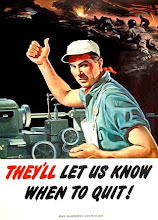
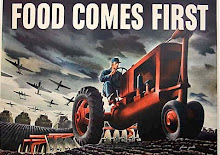
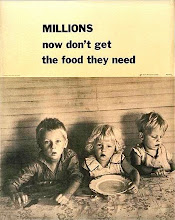



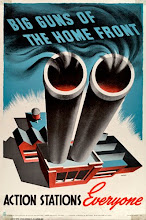
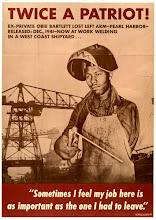

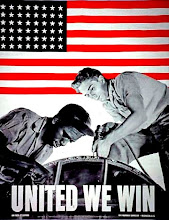



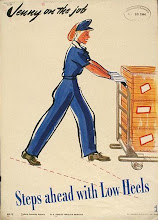
+breed+danger+6x8.jpg)
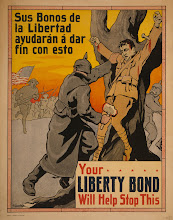

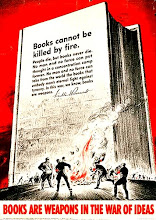
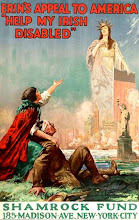
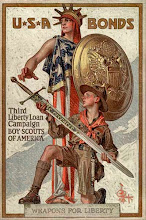

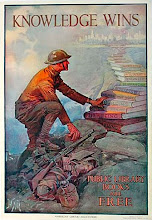

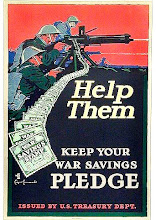
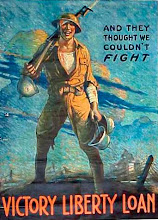
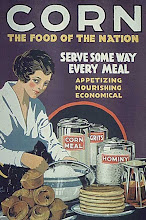
+5x7.jpg)
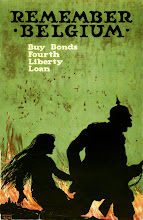
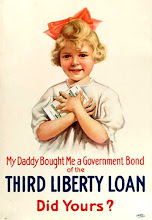
No comments:
Post a Comment